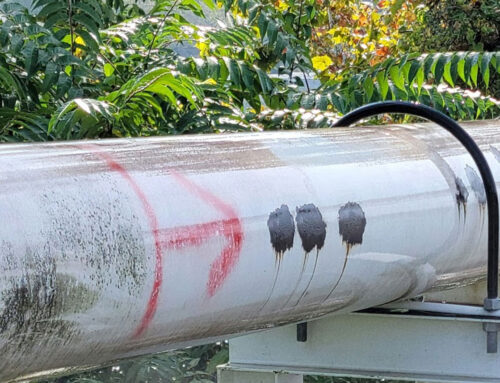Introduction
Sandblasting is a process in which impurities are cleaned off a surface using an abrasive substance at a high pressure. In sandblasting, the air pressure is the main feature that performs the cleaning. Air compressors are used to pressurize the air. Since an air compressor is an integral component in sandblasting, it is fundamental to select the appropriate air compressor for your application. In this guide, let’s cover some of the factors you should consider when selecting an air compressor.
Air Compressor Size
When selecting an air compressor, there are two primary factors you must keep in mind:
- CFM: Stands for cubic feet per minute and it shows the amount of air your compressor will displace in a minute
- PSI: Stands for pounds per square inch and it shows the pressure your compressor will be able to produce
The size of the job should help you to determine the appropriate CFM and PSI for your air compressor:
- For small scale items, an air compressor should be able to cover 10 to 20 cubic feet per minute. These are optimal for small tasks you might have on a residential level.
- For slightly larger items or for more efficiency, your air compressor should displace air at a rate of 20-35 CFM.
- If your endeavor is on an industrial scale, your CFM should be around 50-100.
Nozzle Size
Another factor to consider when purchasing an air compressor is the size of your nozzle. The nozzle is the part of the compressor that regulates air pressure and the area of effect. Nozzle size is directly related to the CFM and PSI of an air compressor. So, once you have determined the appropriate CFM and PSI for your job, that information will help you to determine the appropriate nozzle size.
In air compressors, nozzle size is also related to the area of coverage. A larger nozzle is typically preferable in the process of sandblasting, because it is usually performed on larger surface areas. As in all industrial equipment, nozzles wear out over time. A worn-out nozzle requires a compressor with a higher CFM in order to maintain the same PSI of a new nozzle.
Size of Air Tank
When demand for air exceeds the capacity of the air compressor, air tanks offer additional storage that ensure the job can continue. Additionally, air tanks help to reduce pulsation in the air line. As tank size increases, the availability of pressurized air for output increases. Conversely, the smaller the tank, the more the air compressor must work to output air.
Electrical Requirements
Your incoming electrical service is important to know before purchasing a compressor. The standard voltage for a residential home is 110 volts. This voltage will only power an air compressor with up to three horsepower. For anything greater, the electrical service will need to be adjusted.
In the United States, Mexico, and Canada, the following voltages and phases are available:
• Single-Phase 1. 110-1-60 2. 208-1-60 3. 230-1-60
• Three-Phase 1. 308-3-60 2. 208-e-60 3. 460-3-60 4. 575-3-60
Additional Features
With more demanding sandblasting jobs, these additional features can be of benefit to you:
- Minimal moving parts
- 100% cast-iron construction
- Oil monitoring device
- Stainless steel finger valves
- Splash lubrication
- One-piece connecting rods
- Separate cast cylinders in two-stage compressors
Conclusion
Considering all these factors will help you to select the right air compressor for your sandblasting application. Like any equipment, ensure you are knowledgeable on how to operate an air compressor before performing a job. Consult the manufacturer’s guide, do your research, follow instructions, and abide by all safety standards. In any sandblasting job, wear protective clothing such as safety goggles, a dust mask, a long sleeve shirt, and long pants.
Ready to Get Started?
Have questions about your project or need a quote? We’ve got someone ready to help you.



